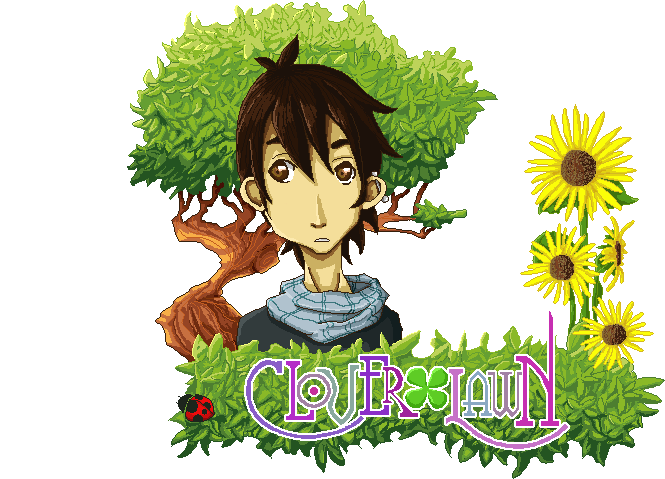Thinking of level design and game making I came across with many many concepts that I probably didn't consider before. Ideas that I probably had in the back of my mind after years of playing different games, yet it's been so enlightening to find people expressing those ideas and knowing that it wasn't me just being picky with some game is also pretty comforting.
It's pretty hard , nearly impossible, to generalise guidelines and 'must' to all games, as part of the beauty of game making is being creative and inventing new ways of playing is always a possibility.
In my particular case, while working on Sanctuary, I started making looking at ideas of how to make a Metroidvania game, but because is a mixture of styles, I ended up looking at the individual styles. In the case of the platforming mechanics, I came across with Kynan Pearson's blog called Subtractive Design and a very helpful 'guide' for the making of platforming guide.
These are some of the main ideas I got from the article:
- Don't Underestimate: Anything you plan to do will take 3-4 times longer and require more effort than you will anticipate. This ones is terrifying, but at least is a warning that will hopefully improve my time management.
- Foundation:
+The camera is my game.
+Camera must be stable and smooth.
+Don't keep the character on the centre of the screen.
+Build the levels to support a particular style of camera.
-Jumps:
+Make the jumping feel great!
+Good jump is responsive, weighty and forgiving.
+Consider the retention of inertia in the art (moving while jumping).
+If there's no air control after the jump, then the level design has to be measured under a strict grid.
+Controlled jumps, wall jump, late jump, edge assistance, ledge grab; there are many other considerations when configuring the jump.
-Level:
+Level collisions should be very clean and precise.
+Avoid round ledges.
+Interaction with enemies/NPC should feel consistent.
+If it's awkward, fix it!
+Keep background and interactive/playable aspects with an obvious separation.
+Even pacing isn't always good. Mix up difficulties within reason.
-Branding:
+Names matter; define levels, it will inspire people to do more.
+Take the easy path; polish if there's extra time.
+Give it Character.
+Make it Memorable.
+Landmarks! and if they move is better.
As I'm writing this I'm quickly testing and trying the Construct 2 engine, and I feel like there's a lot of these ideas I'd like to implement or fix.
There's a lot more on this blogpost, and if you're thinking on making one game yourself I would totally recommend to read it. (also you can follow him on twitter)

No comments:
Post a Comment